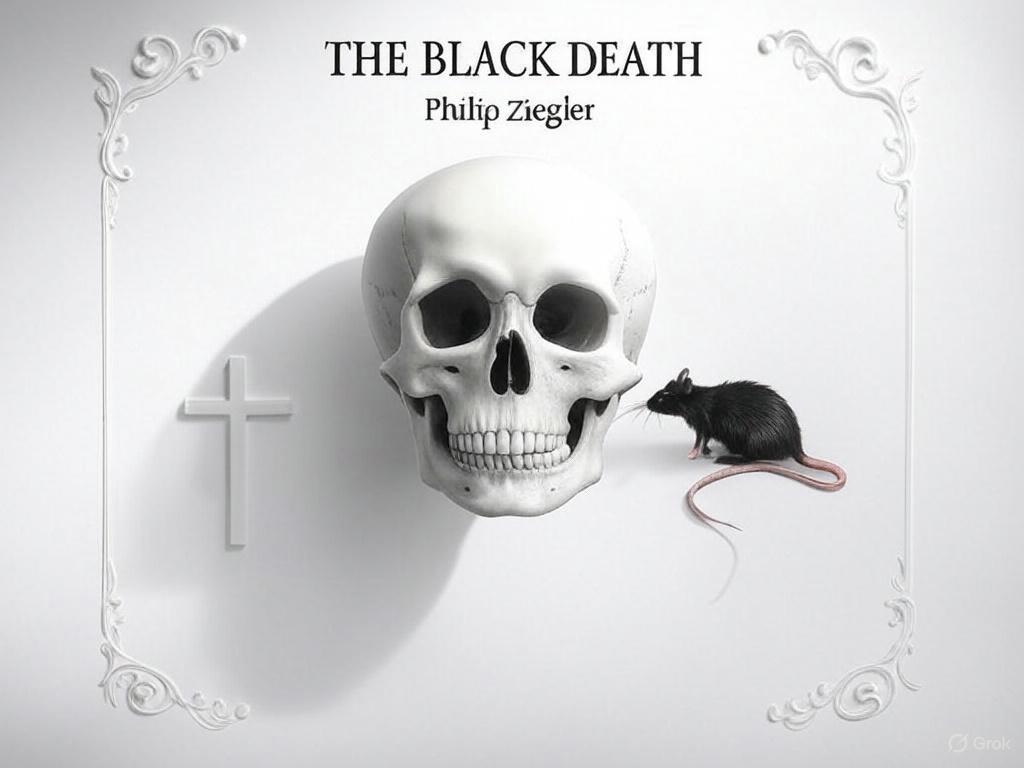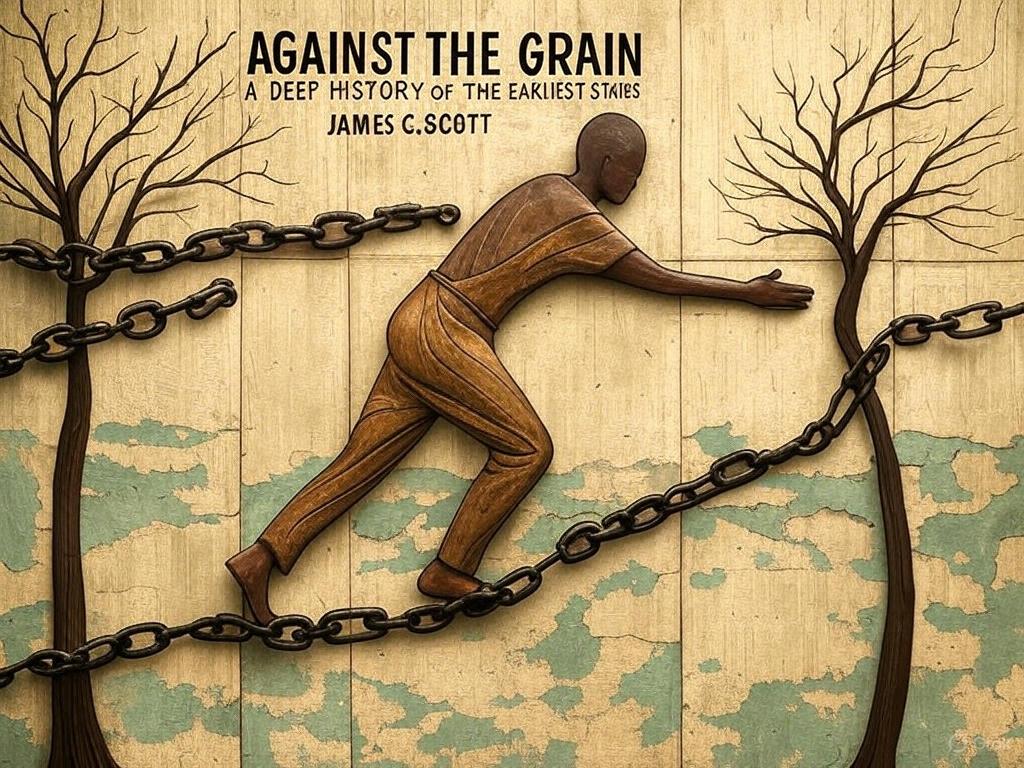
The Black Death
by Philip Ziegler
What's it about?
Philip Ziegler's 1969 book, The Black Death, aimed to be a comprehensive yet accessible twentieth-century study of the plague, addressing its economic and social significance and dramatic progression. The author noted the surprising lack of general studies on the topic since the late 19th century, despite new information having emerged. Ziegler recounts his approach to covering the period, including an attempt to vividly portray the plague's impact on a rural society, and acknowledges the generally generous reception from professional medievalists. The book explores the origins of the Black Death in Asia, its spread across Europe via trade routes, and the contemporary understanding and reactions to the disease, including its physical manifestations. It further examines the social and religious responses, such as the Flagellant movement and the persecution of Jews, and details the plague's varied impact across different regions of Europe, with a particular focus on England, Italy, and France. Finally, the work analyzes the long-term economic and social consequences of the Black Death, including its effects on the manorial system, labor, the Church, and societal attitudes.
About the author
Philip Ziegler is a renowned historian specializing in science history. Their work has influenced generations of scholars and readers.
Chapter 1
Origins of Nature
- Natural Disasters in Houkouang and Honan (1337–1345):
Unusual events struck, including drought, locust swarms, famine, and pestilence.



